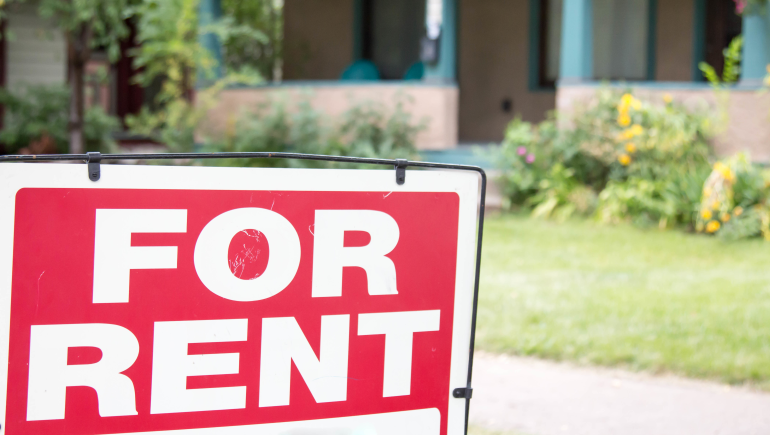How the rental freeze, eviction ban could affect you

Here’s what you need to know about these changes.
Eviction moratorium
Landlords can no longer give a tenant a notice to end the tenancy except in situations where people or the rental unit are at significant risk. However, if a landlord gave a tenant a notice to end the tenancy before March 30, then the notice remains in effect, subject to the dispute resolution process, and an order of possession can still be granted.
If a seller and a tenant sign a "Mutual Agreement to End a Tenancy", and the tenant refuses to vacate the premises, this will not be enforceable until the emergency orders are lifted.
This may be complicated in cases where a tenant is under mandatory quarantine, self-isolation or is in a medical facility. In those cases, it’s probably best to seek legal advice.
Landlord’s right to enter a rental unit
A landlord can enter a rental unit for repairs or showings, as long as the tenant consents. Landlords must follow the standard procedure of requesting access at least 24 hours in advance, noting the proposed date and time – and they must wait for the tenant’s consent. Landlords can enter rental units without tenant consent if there's an emergency in relation to the COVID-19 pandemic and the entry is necessary to protect the health, safety or welfare of the landlord, the tenant, or the other occupants.
Rent freeze
Rent increases set to occur while this order is in effect, including previously announced rent increases set to take effect from March 30 onward, can’t take effect until after the state of emergency has ended. An exception for a rent increase would be if one or more occupants are added to a unit and the tenancy agreement specifies how the rent varies with the number of occupants.
Restricting access to common areas
Landlords can reasonably restrict access to common areas to prevent the spread of COVID-19.
Resources
- The provincial government created an FAQ on these rental changes. Click here to read it.
- LandlordBC also has an FAQ on the subject. Click here to read it.
 The Largest Number of Homes for Sale
The Largest Number of Homes for Sale